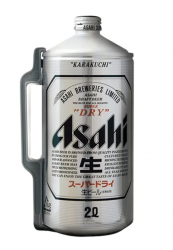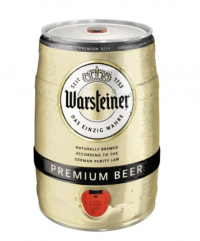What makes for the ultimate beer drinking experience? Some like theirs in a frosty glass, others with a wedge of lime. But when it comes to froth – or the head as it’s commonly known – what’s the best amount and how can it be achieved
Too much froth and you’re left with a smear of bubbles across your face and hanging from your nose as you desperately try to get at the beer beneath.
But too little will cause problems in your stomach.
You see, if there’s no foam the CO2 stays dissolved in the beer. If you then eat something, the foam erupts in your stomach rather than the glass, causing beer bloat.
That’s why tipping a glass to avoid a frothy head is a rookie error.
Under Pressure
Advances in cooperage (the making of wooden casks and barrels) during the Middle Ages meant that the CO2 produced by yeast during fermentation remained in the solution within the container, rather than dissipating and giving it the porridge-like consistency of previous beers.
This meant beer could be held and dispensed under pressure for the first time. This inexorably altered the appearance and flavour of beer, as it became effervescent and foamy when served fresh.
Foam was a vital component of proper beer because it showed its freshness.
Tipping Point
Traditionally, beer was allowed to foam up so much as it was being poured that a “foam scraper” was needed to shave the excess off the glass rim.
A large head was achieved by pouring the beer in an upright glass and encouraging excessive foaming. This technique dissipates the trapped CO2 and brings positive flavour elements to the forefront.
These days you’ll notice that glasses are sometimes tipped while beer is poured. This is done to minimise foam – but leads to a less pleasurable, gaseous experience instead of a creamy, toasty sip.
That's why it's best to pour the amber stuff into an upright glass. Don’t fear the foam, it’s integral to your enjoyment.




